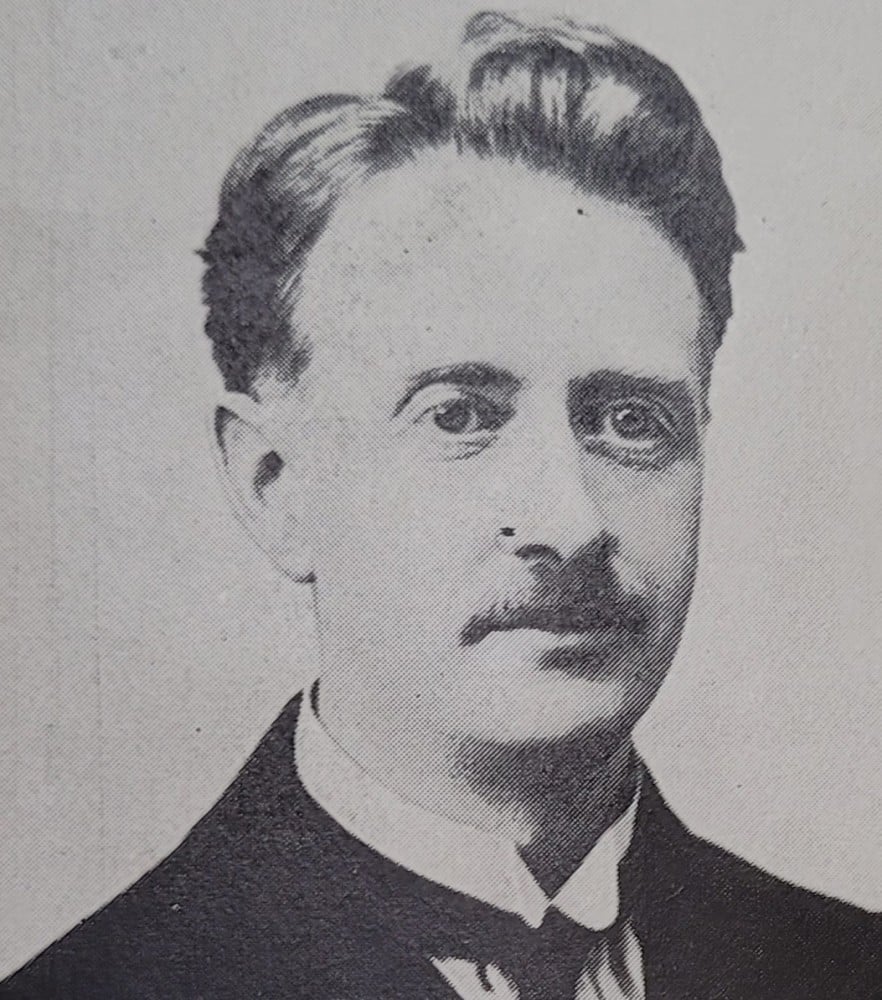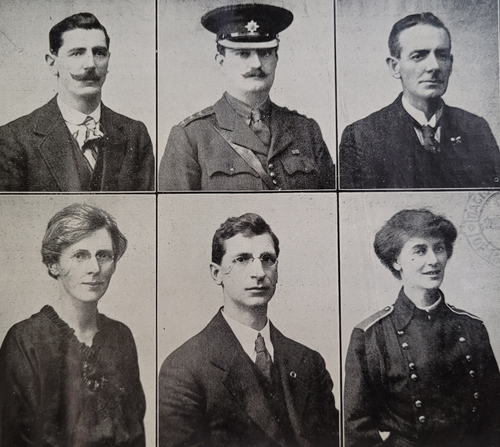Election ’23 - Pro-Treaty Cumann na n Gaedhael to be largest part in new Dáil
Labour loses ground, while Independents perform well
Dublin, 3 September 1923 - As it was in the third and last Dáil, the pro-Treaty Cumann na Gaedhael will be the largest party in the incoming fourth Dáil. Even before the counting of votes had been completed under the lengthy Proportional Representation system, the make-up of the new Dáil had become clear, and with it the winners and losers from a general election where many constituencies had been redrawn and where more seats were being fought over.
For both government and the main republican opposition, there have been seat gains and losses across the various constituencies, but Cumann na nGaedhael will be satisfied that, after all the upheavals of the last year, that the result is already being presented, as one early press report has put it, as an ‘unqualified endorsement to their policy and programme.’
With the subsequent filling-up of all the seats, however, a less clear-cut reality has emerged. It is notable that anti-Treaty republican or Sinn Féin candidates have secured a significant number of seats - surpassing their performance from last June - and are clearly the second largest electoral bloc, though it is likely that their victorious candidates will not take their seats. Among the republican success stories, the stand-out performer was Eamon de Valera, who topped the poll in the five-seat Clare constituency when securing 17,762 out of 40,629 first preference votes cast; for perspective, his nearest challenger was Prof. Eoin MacNeill on 3,196 first preference, albeit his Cumann na nGaedhael party putting forward four candidates in the constituency. Prof. MacNeill had the distinction of being elected in two different constituencies, having also been returned to represent the National University.
MacNeill is one of several outgoing Ministers who will be returning to government. Alongside him will be President Cosgrave who headed the poll in Carlow-Kilkenny; general Richard Mulcahy who did the same in North Dublin; as did Kevin O’Higgins in Co. Dublin, Ernest Blythe in Monaghan and Eamon Duggan in Meath.

President W.T Cosgrave, head of the Irish Free State (Image: Irish Life, September 1923)
Without question, the most disappointed party emerging from this election will be Labour, which had won 17 of the 18 seats it had contested in the June 1922 election and now only returns with 14 seats in an enlarged chamber. Remarkably, the party secured not a single seat in the two city boroughs of Dublin and Cork, though party leader Thomas Johnson was returned in a constituency where the Minister for Home Affairs, Kevin O’Higgins, comfortably topped the poll.
In Cork City, where Postmaster General JJ Walsh garnered more than 40% of the first preference vote, Labour ran three candidates but none were successful. Notable Labour losses include Mr. Cathal O’Shannon in Louth, where republican Frank Aiken was poll-topper, and Alderman William O’Brien, general secretary of the ITGWU, failed in his bid to retain his seat in Dublin City South.
The Farmers Party likewise had a disappointing day at the polls. For while their representation in the next Dáil will be greater than in the last, it is still going to be much lower than they might have anticipated and many would have expected. So poorly, have Labour and the Farmers’ Party performed that they may yet be numerically eclipsed in the new, enlarged Dáil - where there will be an extra 25 TDs - by Independents.
In terms of seat distribution, the final running totals for the respective parties are as follows (the figures in brackets are seats won in June 1922 for the 128 member Third Dáil)): Cumman na nGaedhael 63 (58); Anti-Treaty Sinn Féin 44 (36); Labour 14 (17); Farmers 15 (7); Independents 17 (10).
[Editor's note: This is an article from Century Ireland, a fortnightly online newspaper, written from the perspective of a journalist 100 years ago, based on news reports of the time.]





















